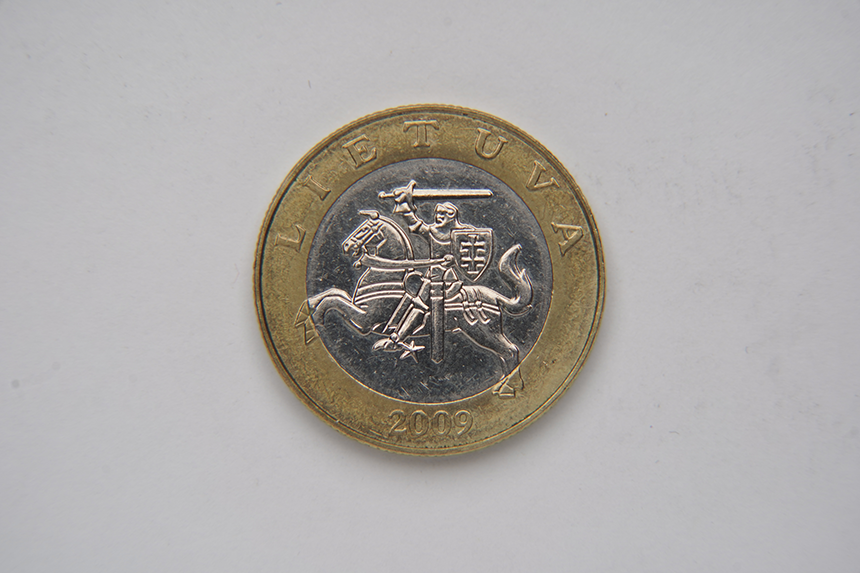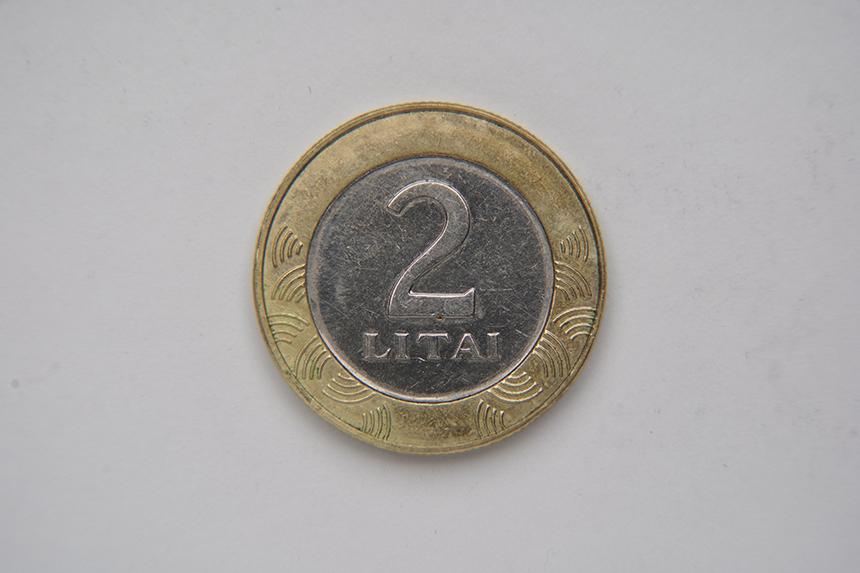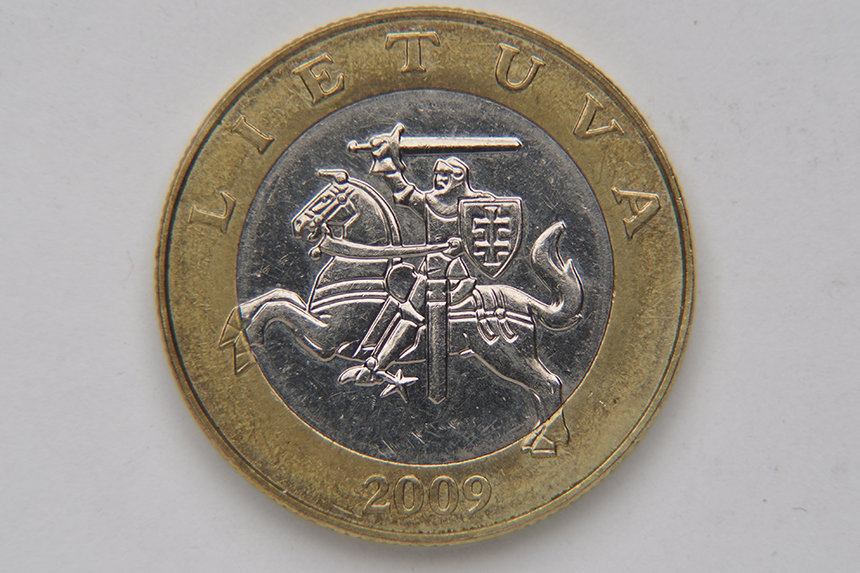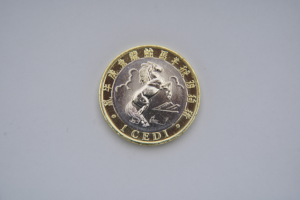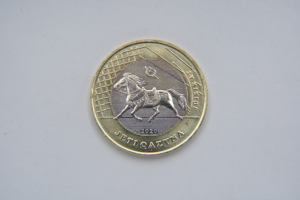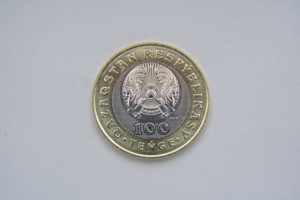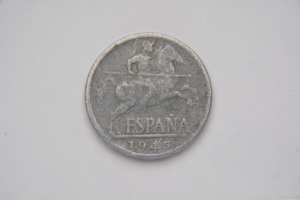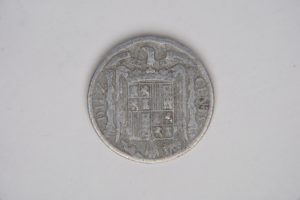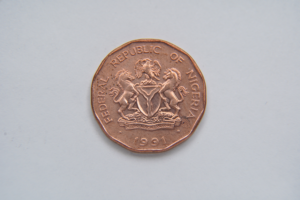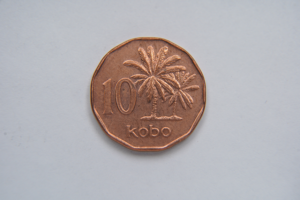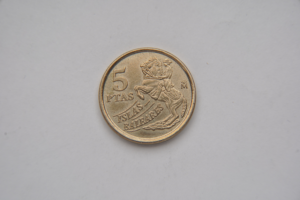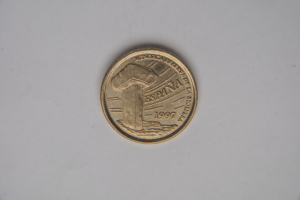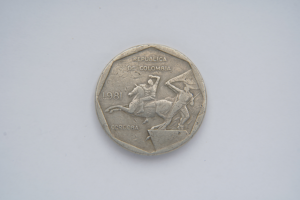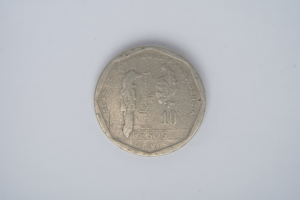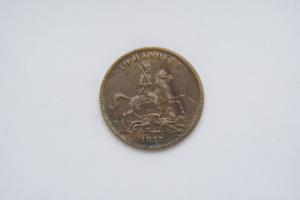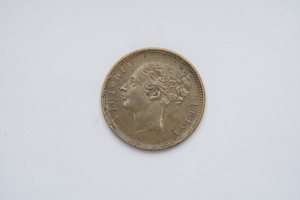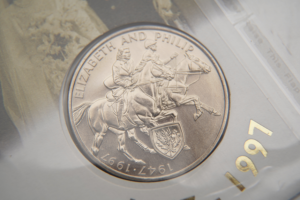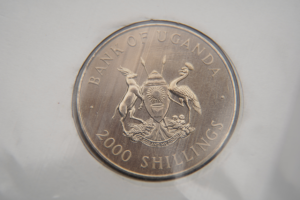Origin of the horseman on the coat of arms of Lithuania.
Reverse of the coin.
Big size of obverse of the coin.
More information
Origin of the horseman on the coat of arms of Lithuania.
So here we have the Lithuanian litas, nominal - 2. The year of issue of this coin is 2009. Mint: Vilnius, Lithuania. Total circulation – 5.000.
The coat of arms of Lithuania originate from rulers depictions on seals. Originally the riding horseman symbolized the ruler of the Duchy of Lithuania (Duchy of Vilnius), which was the most important land of the state.
Algirdas was probably the first ruler to use a seal with a depiction of himself on horseback. The seal, which was attached to Polish-Lithuanian treaty of 1366, wasn't preserved, and we know its appearance only thanks to historian Tadeusz Czacki who claimed to have seen the seal. The oldest preserved such seal is Jogaila's seal that he was using in years 1377–1380, when he became Grand Duke of Lithuania.
Duke of Kernavė Vygantas' seal of 1388 is the oldest preserved seal with a riding knight depicted on the shield, giving it a status of a coat of arms. Jogaila and other Algirdas sons: Skirgaila, Lengvenis, Kaributas, Vygantas, and Švitrigaila all were using seals with a horseman-type images.
The horseman was chosen due to at the time flourishing culture of knighthood in Europe. At first, the charging knight was depicted riding to left or right, and holding a lance instead of the sword: two seals of Lengvenis of 1385 and of 1388 exhibit this change. Initially Kęstutis and his son Vytautas were depicted on their seals as standing warriors. Only later Vytautas adopted, like other Lithuanian dukes, the image of a riding knight.
Object data
Title
Origin of the horseman on the coat of arms of Lithuania.
Artist
Both sides: Antanas Žukauskas.
Founder
Vilnius, Lithuania.
Date
2009.
Culture
Lithuania.
Medium
Center - copper-nickel, ring - brass.
Dimensions
7.5x25x2.2.
Classification
Coin.

